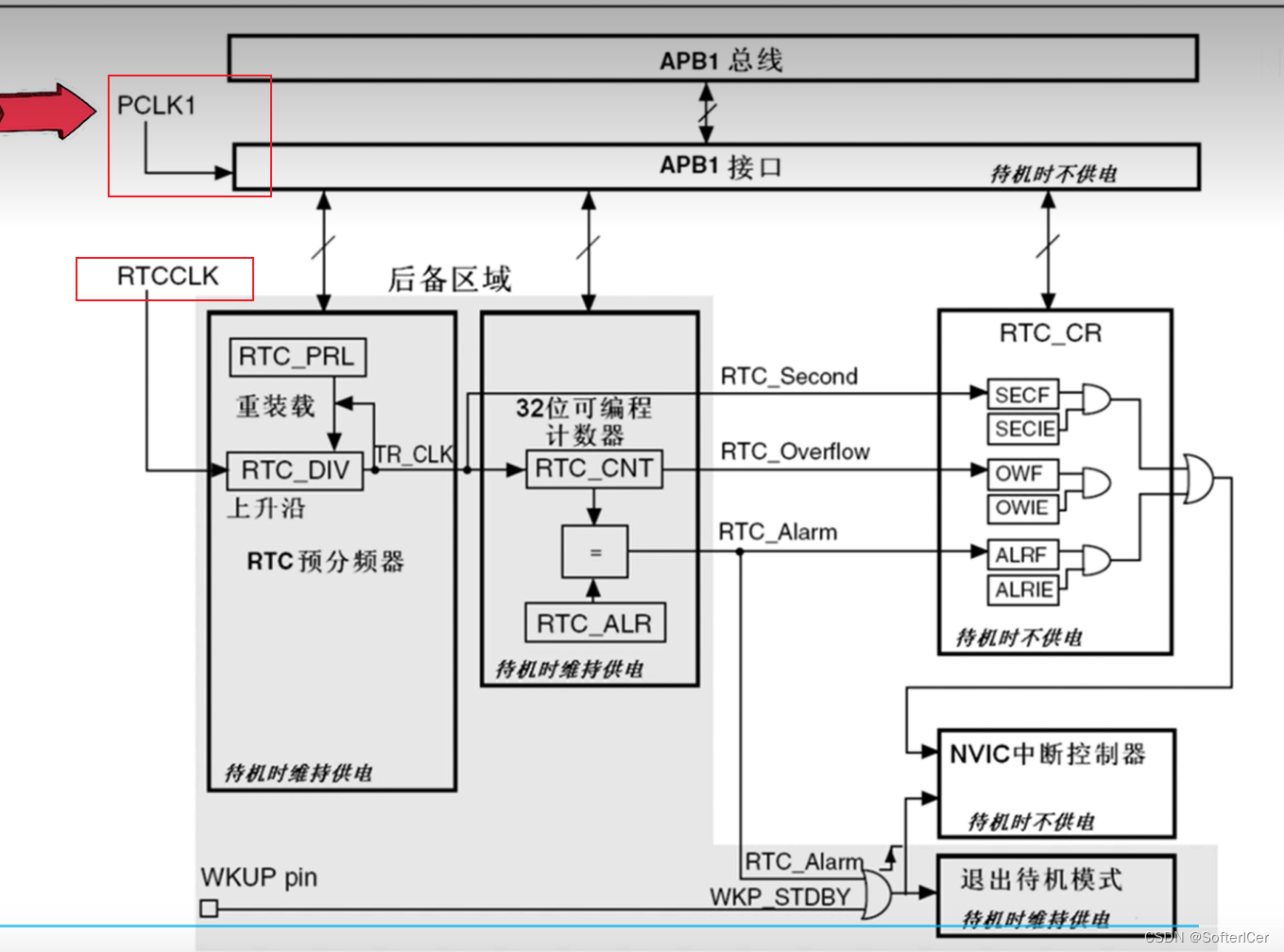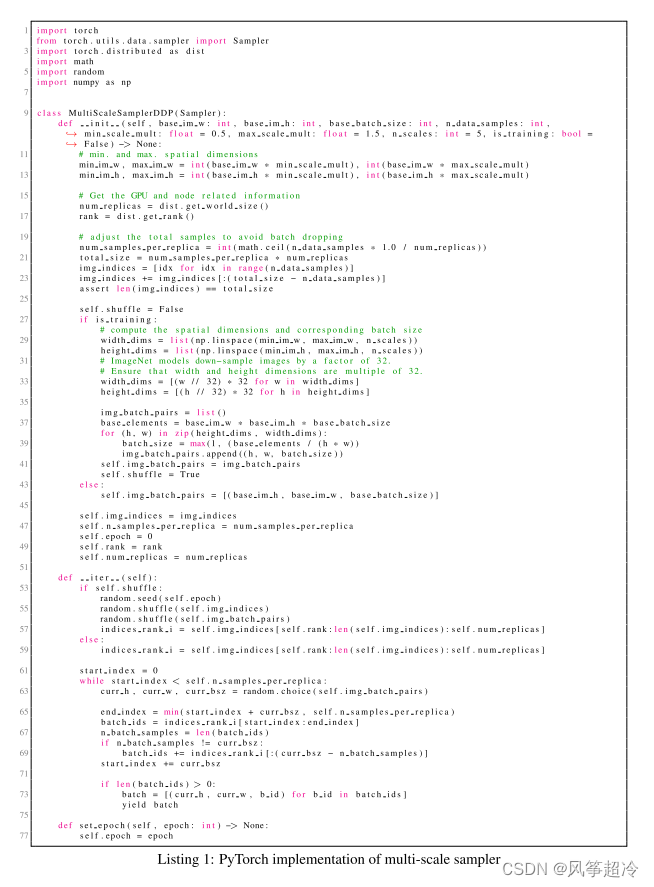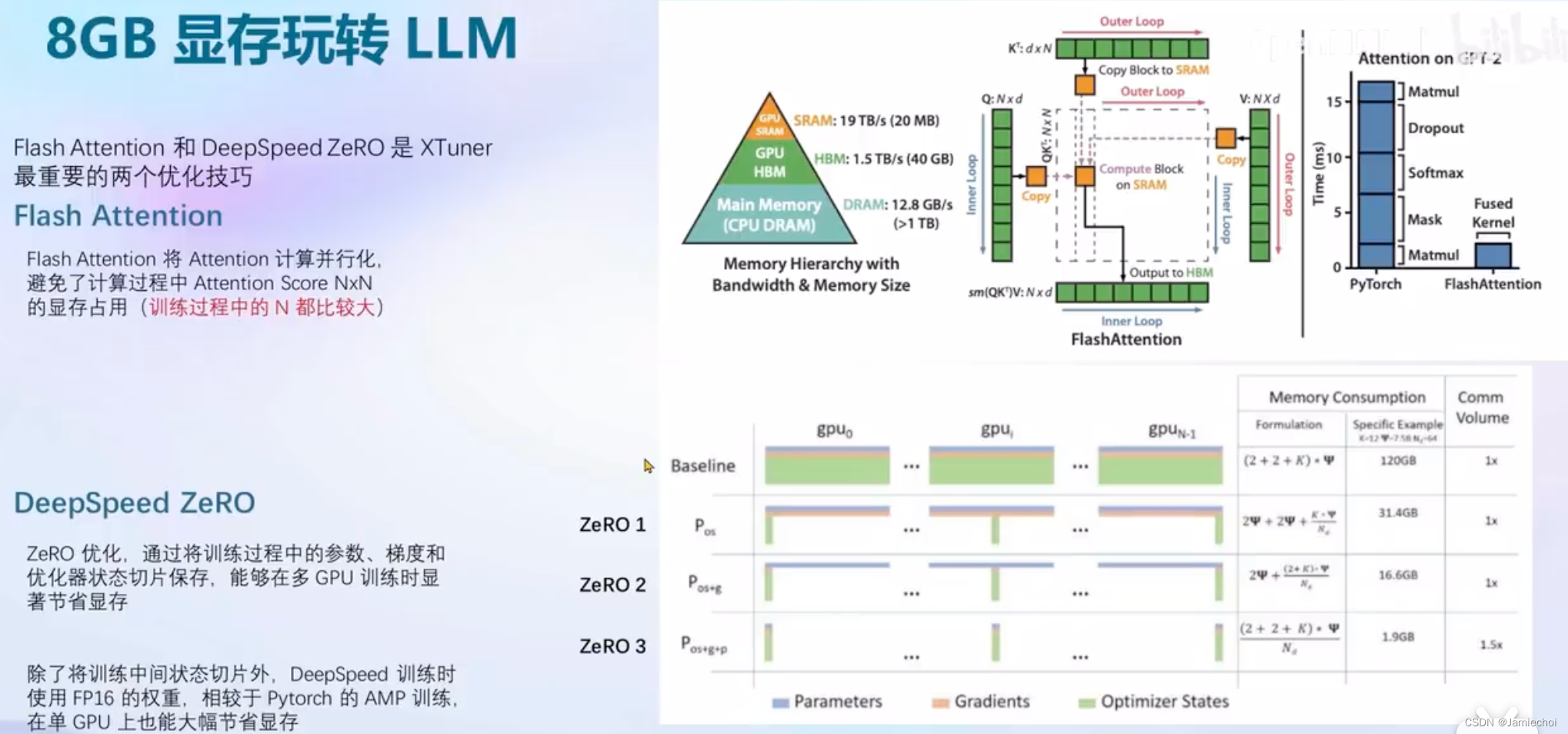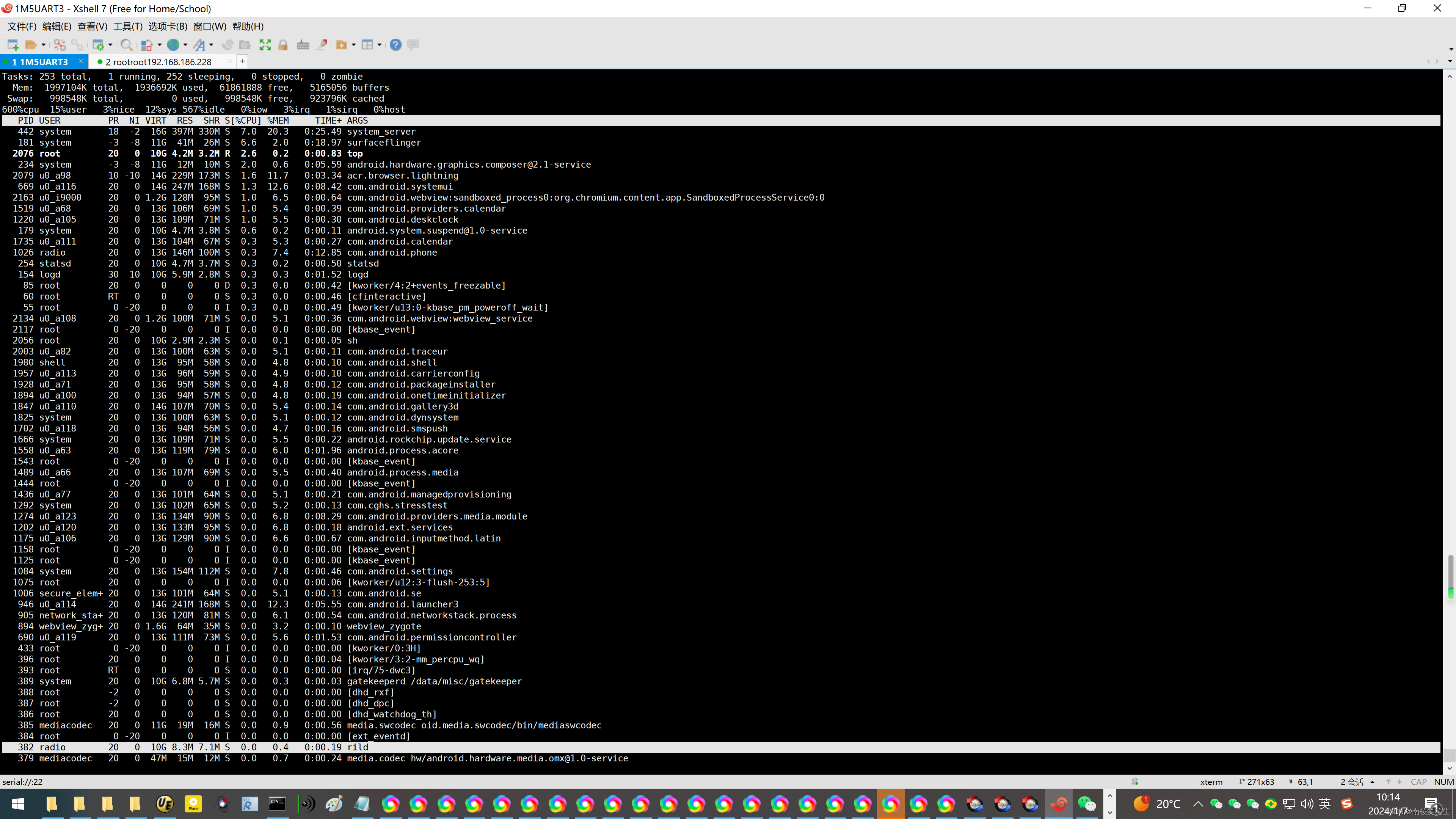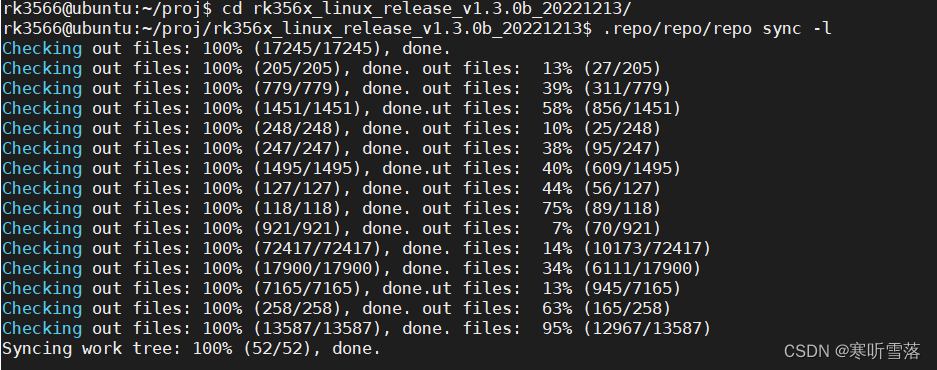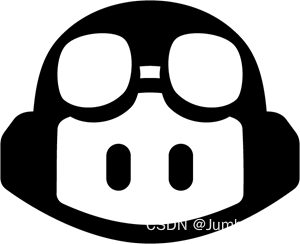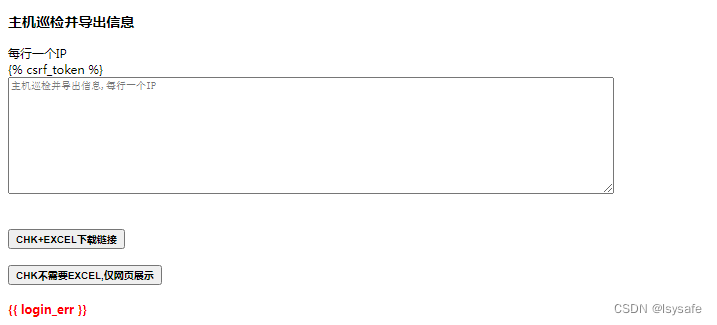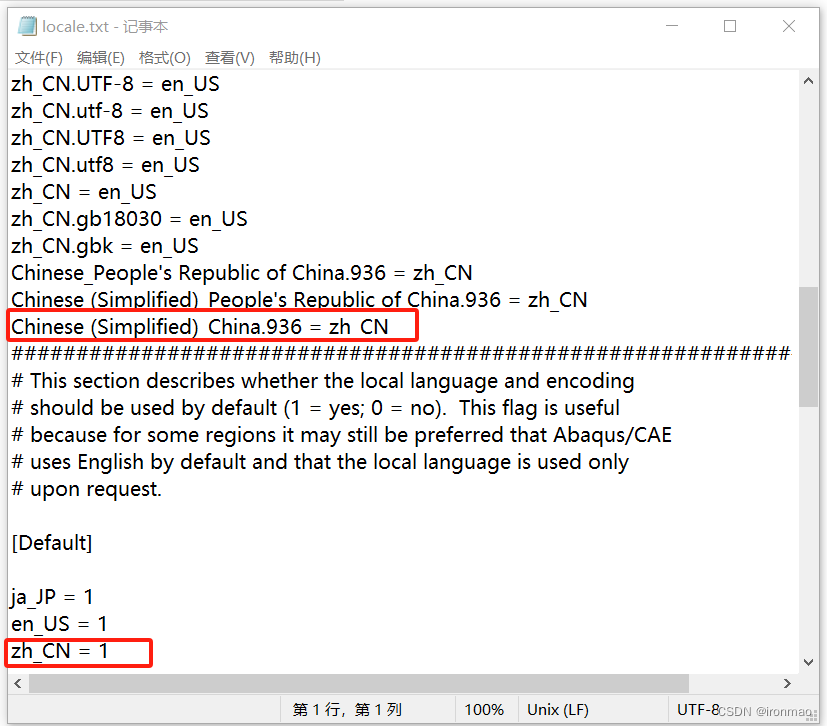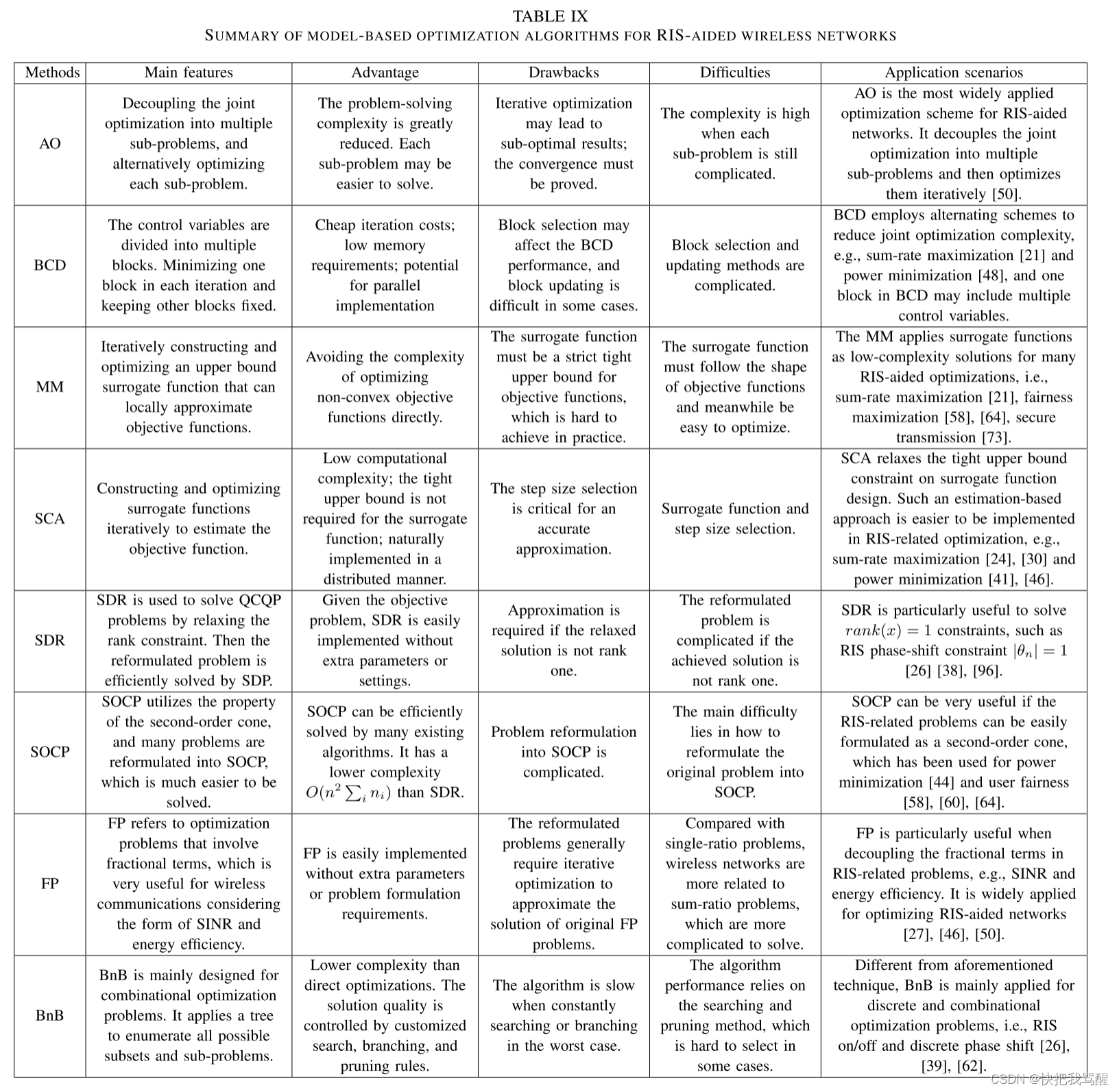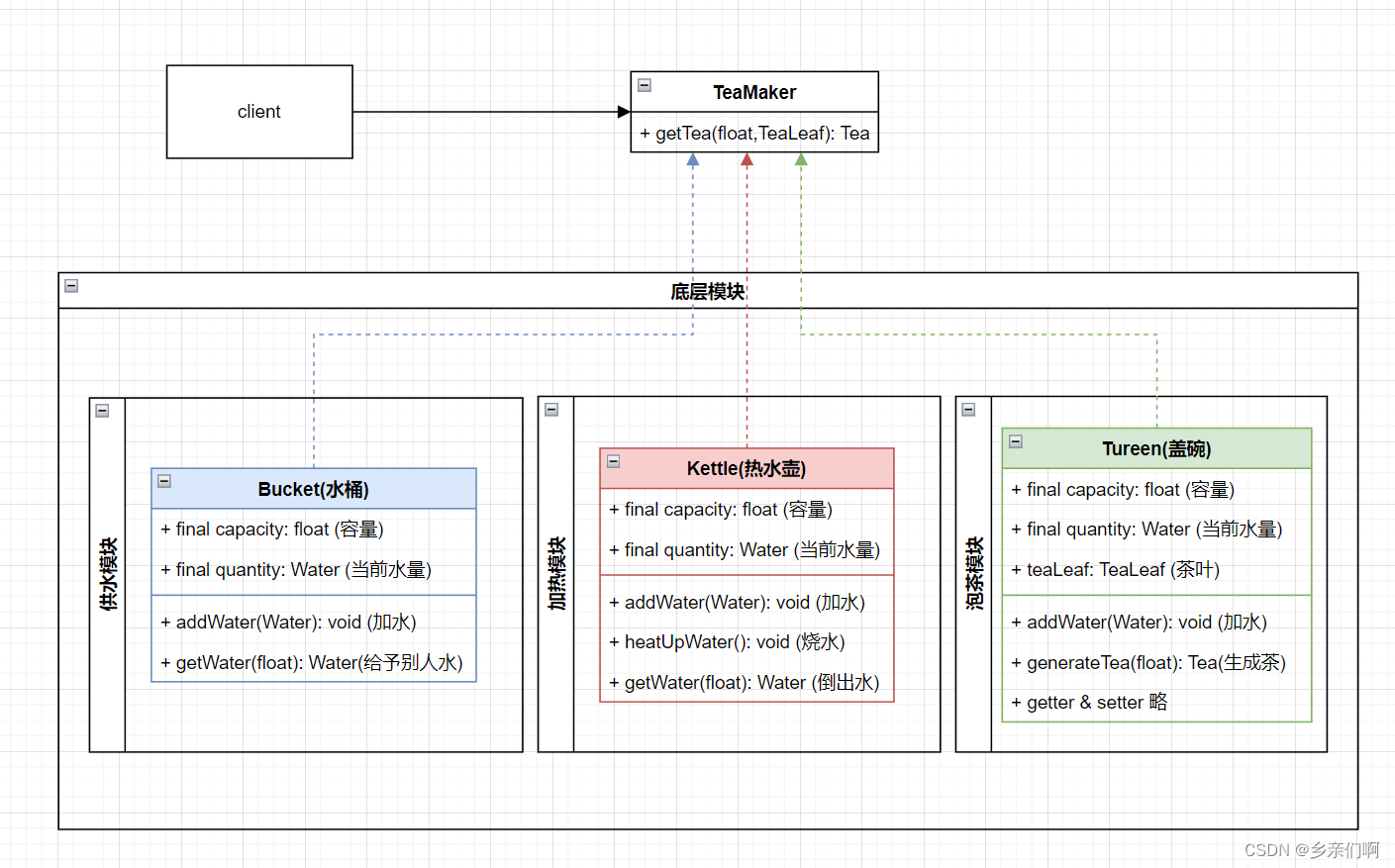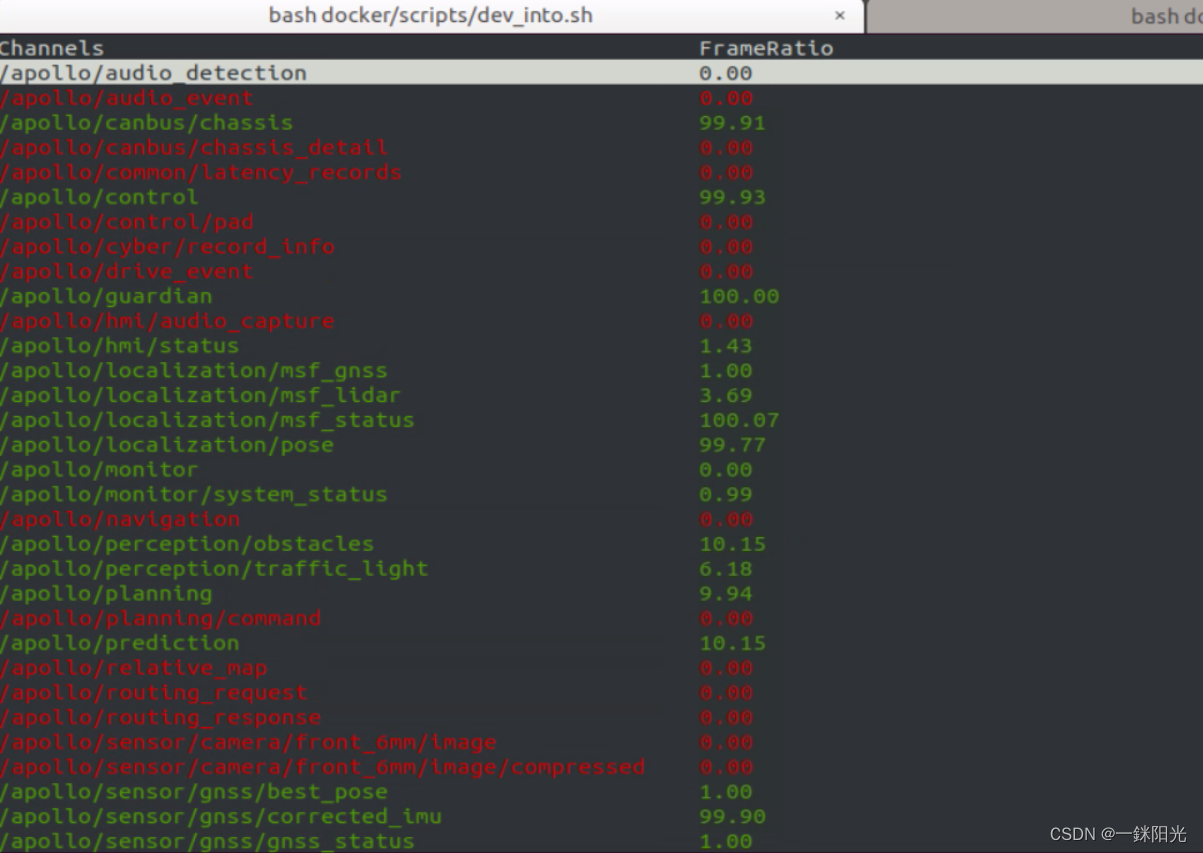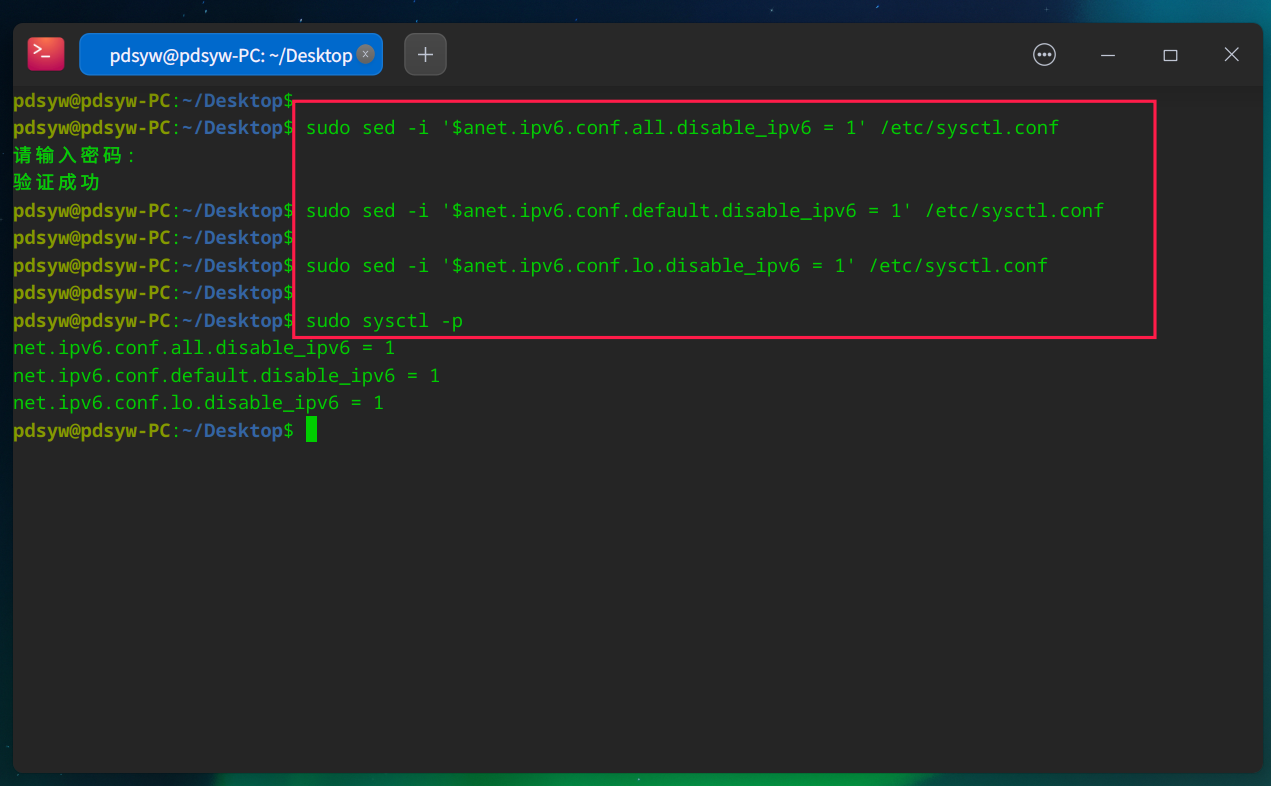一、问题总览
需要加速结构来加速光线与场景的交点,本次练习中,重点关注物体划分算法Bounding Volume Hierarchy (BVH)。本练习要求实现Ray-Bounding Volume求交与BVH查找。
需要从上一次编程练习中引用以下函数:
- Render() in Renderer.cpp: 将你的光线生成过程粘贴到此处,并且按照新框架更新相应调用的格式。
- Triangle::getIntersection in Triangle.hpp: 将你的光线-三角形相交函数粘贴到此处,并且按照新框架更新相应相交信息的格式。
在本次编程练习中,你需要实现以下函数:
- IntersectP(const Ray& ray, const Vector3f& invDir,
const std::array<int, 3>& dirIsNeg) in the Bounds3.hpp: 这个函数的作用是判断包围盒BoundingBox与光线是否相交,需要按照课程介绍的算法实现求交过程。 - getIntersection(BVHBuildNode* node, const Ray ray)in BVH.cpp: 建立BVH之后,我们可以用它加速求交过程。该过程递归进行,你将在其中调用你实现的Bounds3::IntersectP.
二、代码框架
修改了代码框架中的如下内容:
- Material.hpp: 我们从将材质参数拆分到了一个单独的类中,现在每个物体实例都可以拥有自己的材质。
- Intersection.hpp: 这个数据结构包含了相交相关的信息。
- Ray.hpp: 光线类,包含一条光的源头、方向、传递时间t和范围range.
- Bounds3.hpp: 包围盒类,每个包围盒可由pMin和pMax两点描述(请思考为什么)。Bounds3::Union函数的作用是将两个包围盒并成更大的包围盒。与材质一样,场景中的每个物体实例都有自己的包围盒。
- BVH.hpp: BVH加速类。场景scene拥有一个BVHAccel实例。从根节点开始,我们可以递归地从物体列表构造场景的BVH.
三、参考答案
3.1 Render() in Renderer.cpp
- 从观察点向屏幕栅格一次发出若干条光线
- 栅格每个单元只有一条光线穿过
- 将穿过栅格的每一条光线按列优先的放射保存在framebuffer中
- scene.castRay实现了Whitted-syle光线追踪算法,需要将光线(方向和起始点)和深度(光线反射次数)作为参数
for (uint32_t j = 0; j < scene.height; ++j) {for (uint32_t i = 0; i < scene.width; ++i) {// generate primary ray direction//计算栅格单元[i, j]中心对应的坐标[x, y]float x = (2 * (i + 0.5) / (float)scene.width - 1) *imageAspectRatio * scale;float y = (1 - 2 * (j + 0.5) / (float)scene.height) * scale;// TODO: Find the x and y positions of the current pixel to get the// direction// vector that passes through it.// Also, don't forget to multiply both of them with the variable// *scale*, and x (horizontal) variable with the *imageAspectRatio*// Don't forget to normalize this direction!//假设观察点和屏幕距离为1,观察点位于原点,向z轴负方向观察//所以从观察点到栅格中心点的光线z = -1Vector3f dir = normalize(Vector3f(x, y, -1));//观察点的起始位置在eye_pos,但是观察点和屏幕相对位置不变,观察朝向不变//所以,光线方向不变Ray ray(eye_pos, dir);framebuffer[m++] = scene.castRay(ray, 0);}UpdateProgress(j / (float)scene.height);}
3.2 Triangle::getIntersection in Triangle.hpp
- 光线-三角形相交函数,并且更新相应相交信息的格式

inline Intersection Triangle::getIntersection(Ray ray)
{Intersection inter;if (dotProduct(ray.direction, normal) > 0)return inter;double u, v, t_tmp = 0;//对应b1,b2,tVector3f pvec = crossProduct(ray.direction, e2);double det = dotProduct(e1, pvec);if (fabs(det) < EPSILON)return inter;double det_inv = 1. / det;Vector3f tvec = ray.origin - v0;u = dotProduct(tvec, pvec) * det_inv;if (u < 0 || u > 1)return inter;Vector3f qvec = crossProduct(tvec, e1);v = dotProduct(ray.direction, qvec) * det_inv;if (v < 0 || u + v > 1)return inter;t_tmp = dotProduct(e2, qvec) * det_inv;// TODO find ray triangle intersectionif (t_tmp < 0) //时间为负,则说明没有交点return inter;// 更新交点信息inter.distance = t_tmp;inter.happened = true;inter.m = m;inter.coords = Vector3f(ray.origin + t_tmp * ray.direction);inter.normal = normal;inter.obj = this;return inter;
}
3.3 IntersectP in the Bounds3.hpp
-
这个函数的作用是判断包围盒BoundingBox与光线是否相交。

- 第一幅图的红色线段与第二幅图的红色线段求交集,得到最终结果(第三幅图的线段)
- 第一幅图的红色线段为光线和x0, x1两对面的交点连线
- tenter = max{tmin}
- tenter:光线射入包围盒的时间t
- tmin:光线射入某一个对面的时间t
- texit = min{tmax}
- 小于零,表示盒子在光线背后(不满足光线与盒子有交点)
- (texit >= 0 ) && (texit < 0): 在盒子内,射线可能和盒子由交点
- if (tenter < texit) && (texit > 0):光线在盒内停留了一段时间
- 第一幅图的红色线段与第二幅图的红色线段求交集,得到最终结果(第三幅图的线段)

- 包围盒是轴对齐的(垂直于某条坐标轴),方便求光线和面的交点t(如上图下方式子所示)
- 光线方程:r(t) = o + td
- o:起始点三维坐标;d:光线方向;t:常数
对面垂直于x轴:t * 光线x轴分量 = 包围盒上一点的x分量 - 光源起始点x分量- 因为
对面是无限大的两个平面,光线暂时看作直线,所以一定有交点; - 最后判断光线作为射线时是否与对面有交点
- if (tenter < texit) && (texit > 0)光线作为射线沿着方向d与对面有交点
- 因为
- 光线方程:r(t) = o + td
inline bool Bounds3::IntersectP(const Ray& ray, const Vector3f& invDir,const std::array<int, 3>& dirIsNeg) const
{// invDir: ray direction(x,y,z), invDir=(1.0/x,1.0/y,1.0/z), use this because Multiply is faster that Division// dirIsNeg: ray direction(x,y,z), dirIsNeg=[int(x>0),int(y>0),int(z>0)], use this to simplify your logic// TODO test if ray bound intersectsdouble tx_min = (pMin.x - ray.origin.x) * invDir.x;double tx_max = (pMax.x - ray.origin.x) * invDir.x;//注意下pMin.x是指包围盒左边的面// 假如光线是反向(从右往左),那么光线离包围盒pMin.x距离(tx_min)远if (!dirIsNeg[0])std::swap(tx_min, tx_max);double ty_min = (pMin.y - ray.origin.y) * invDir.y;double ty_max = (pMax.y - ray.origin.y) * invDir.y;if (!dirIsNeg[1])std::swap(ty_min, ty_max);double tz_min = (pMin.z - ray.origin.z) * invDir.z;double tz_max = (pMax.z - ray.origin.z) * invDir.z;if (!dirIsNeg[2])std::swap(tz_min, tz_max);double t_enter = std::max(tx_min, std::max(ty_min, tz_min));double t_exit = std::min(tx_max, std::min(ty_max, tz_max));return t_enter < t_exit && t_exit >= 0;
}
3.4 getIntersection in BVH.cpp
- 建立BVH之后,我们可以用它加速求交过程。该过程递归进行,你将在其中调用你实现的Bounds3::IntersectP
- BVH特点

- 按照物体进行划分,因此一个物体只可能出现在一个包围盒内
- 比如把三角形分成两部分,然后重新求包围盒
- 按照物体进行划分,因此一个物体只可能出现在一个包围盒内
- getIntersection伪代码

Intersection BVHAccel::getIntersection(BVHBuildNode* node, const Ray& ray) const
{// TODO Traverse the BVH to find intersectionIntersection isect;// 光线没有碰到包围盒if(!node->bounds.IntersectP(ray, ray.direction_inv, std::array<int, 3>{ray.direction.x>0, ray.direction.y>0, ray.direction.z>0}) )return isect;// 叶节点if(node->left == nullptr && node->right == nullptr)return node->object->getIntersection(ray);// 中间节点Intersection isect_left, isect_right;isect_left = getIntersection(node->left, ray);isect_right = getIntersection(node->right, ray);//返回最近的交点return isect_left.distance <= isect_right.distance ? isect_left : isect_right;
}
四、编译
mkdir build
cd ./build
cmake ..
make./RayTracing
附件
作业6压缩包
